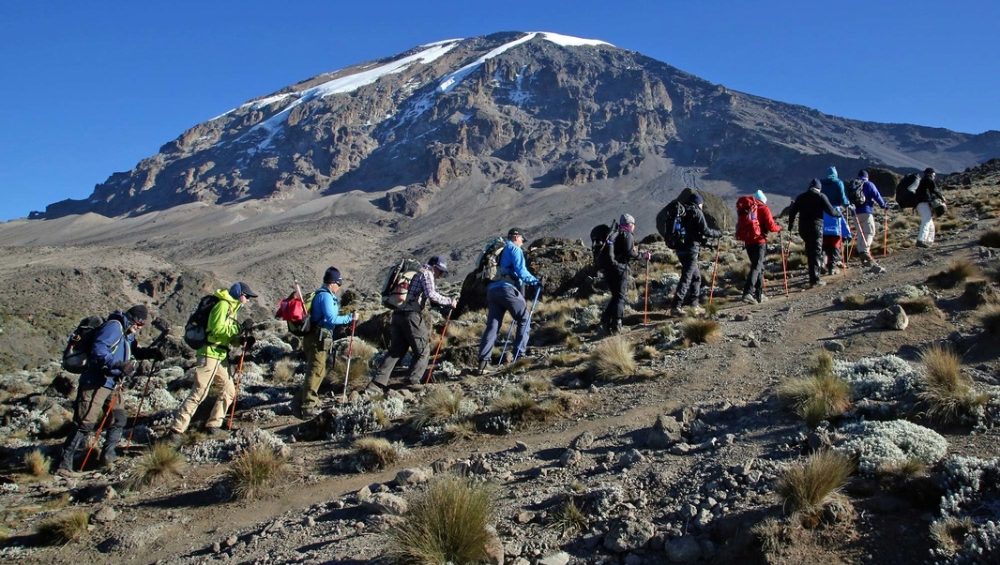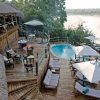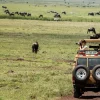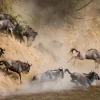Overview of Kilimanjaro Routes and Their Costs
Mount Kilimanjaro, standing majestically at 5,895 meters, offers several routes to the summit. Each route provides unique experiences, scenery, and challenges, which influence the overall cost of your climb. The most popular routes include Marangu, Machame, Lemosho, Rongai, and the Northern Circuit. Choosing the right route is crucial as it affects not only your budget but also your success rate and overall experience.
The Marangu Route, also known as the “Coca-Cola Route,” is the only path offering hut accommodations instead of camping. It is often considered the most affordable option due to its shorter duration of five to six days. However, it has a lower success rate because of its rapid ascent. The Machame Route, or “Whiskey Route,” is slightly more expensive but offers stunning scenery and a higher success rate due to its longer acclimatization period of six to seven days.
For those looking for a less crowded experience, the Lemosho and Rongai routes are excellent choices, although they come with higher costs. The Lemosho Route is known for its panoramic vistas and extended duration of seven to eight days, enhancing acclimatization. The Rongai Route approaches from the north and is drier, making it ideal during the rainy season. The Northern Circuit, the longest and most expensive route, takes nine to ten days, providing the best acclimatization and scenic diversity.
Breakdown of Climbing Costs: Permits, Guides, and Porters
One of the most significant expenses when climbing Kilimanjaro is the cost of permits. The Tanzanian government requires all climbers to obtain a permit, which includes a conservation fee, camping/hut fees, and rescue fees. These permits can range from $800 to $1,000, depending on the chosen route and duration. It’s essential to factor in these non-negotiable costs when planning your budget.
Hiring guides and porters is not only mandatory but also crucial for a successful climb. Guides are experienced professionals who ensure your safety and provide valuable insights about the mountain. Porters carry your gear, allowing you to focus on the climb. The average cost for guides and porters varies, but you can expect to pay around $20 to $25 per day for each porter and $30 to $40 per day for each guide. Depending on the route and group size, this can add up to $600 to $1,000 for a typical climb.
Tipping is an integral part of the climbing culture on Kilimanjaro. It’s customary to tip your guides, porters, and cooks at the end of your trek. Recommended tipping guidelines suggest budgeting around $250 to $300 per climber for a six to seven-day trek. This ensures fair compensation for the hardworking team that supports your journey to the summit.
Accommodation Expenses Before and After the Climb
Before embarking on your Kilimanjaro adventure, you’ll need a place to stay in Moshi or Arusha, the two main towns serving as gateways to the mountain. Accommodation options range from budget hostels to luxury hotels, catering to various preferences and budgets. On average, you can expect to spend between $50 to $150 per night for a comfortable mid-range hotel. Budget travelers can find hostels or guesthouses for as low as $15 to $30 per night.
It’s advisable to arrive in the area at least a day or two before your climb to acclimatize and prepare. This means accounting for two to three nights of accommodation before the trek. Similarly, after the climb, spending a night to rest and recover before heading home is recommended. Therefore, budgeting for four to five nights of accommodation before and after the climb is prudent.
Some trekking companies offer packages that include pre- and post-climb accommodation as part of the overall cost. These packages can provide convenience and sometimes better rates. However, if you prefer to book independently, ensure that your chosen accommodations are reputable and offer the necessary amenities for a restful stay.
Gear and Equipment: What You Need and How Much It Costs
Proper gear and equipment are essential for a successful and safe Kilimanjaro climb. While some items can be rented, investing in personal gear ensures comfort and reliability. Key items include a sturdy pair of hiking boots, a warm sleeping bag rated for sub-zero temperatures, and layered clothing to adapt to the mountain’s varying climates.
The cost of purchasing gear can vary widely based on brand and quality. A good pair of hiking boots can range from $100 to $200, while a high-quality sleeping bag may cost between $150 to $300. Layered clothing, including thermal base layers, fleece jackets, and waterproof outer shells, can add another $200 to $400 to your budget. Don’t forget essentials like gloves, hats, and a headlamp, which can total an additional $50 to $100.
Renting gear is an option for those looking to save money. Many trekking companies offer rental services for items like sleeping bags, jackets, and trekking poles. Rental costs can range from $10 to $50 per item for the duration of the climb. While renting can reduce upfront expenses, it’s crucial to ensure that the rented gear is of high quality and suitable for the harsh conditions on Kilimanjaro.
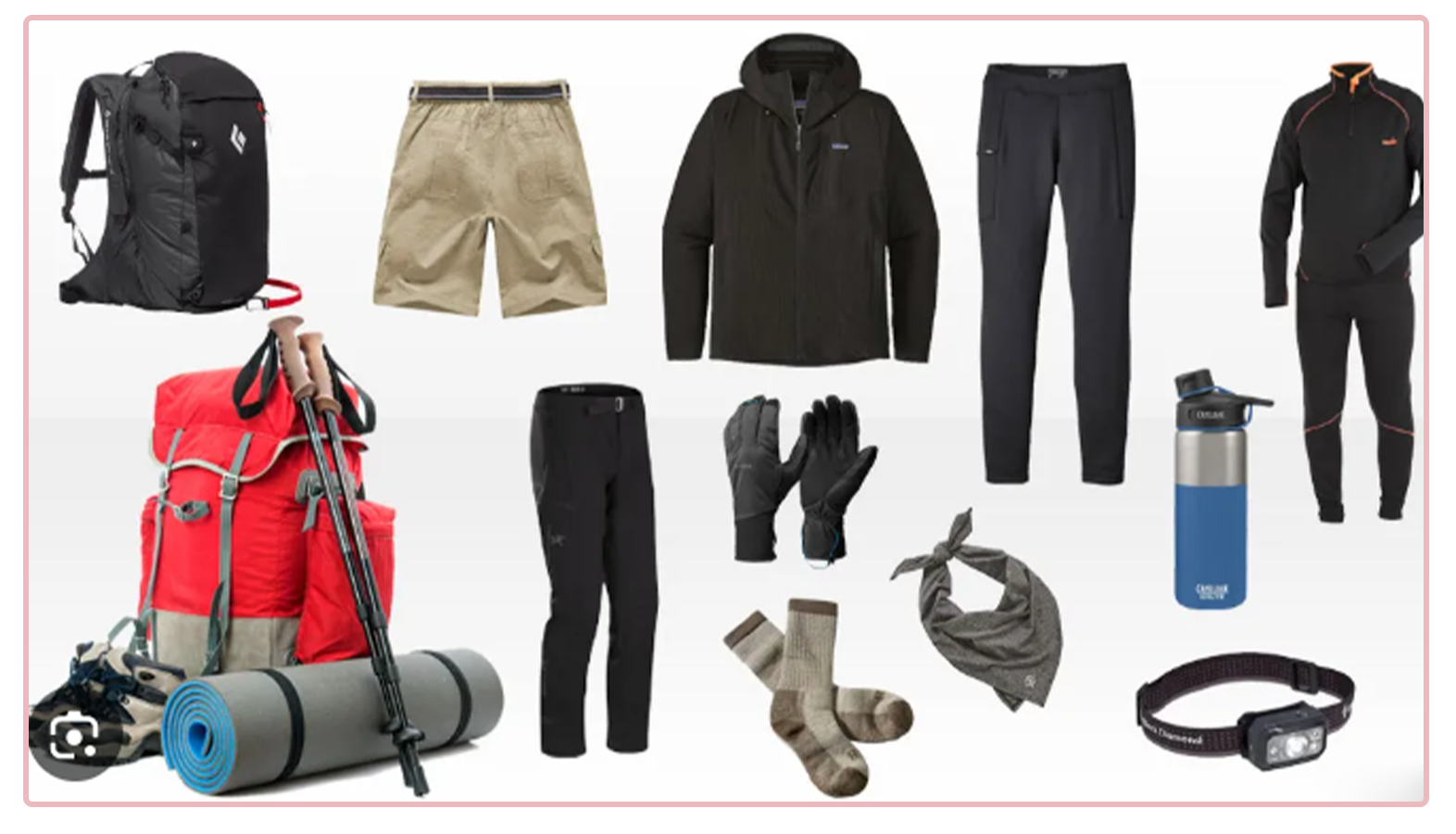
Food and Water: Budgeting for Your Climbing Experience
Food and water are critical components of your Kilimanjaro adventure. Most trekking companies provide meals as part of their packages, ensuring you have the necessary energy for the strenuous climb. These meals typically include breakfast, lunch, dinner, and snacks, with menus designed to offer a balanced diet rich in carbohydrates, proteins, and fats.
The cost of food is generally included in the overall package price, but it’s essential to confirm this with your trekking company. If meals are not included, you may need to budget an additional $15 to $30 per day for food, depending on your dietary preferences and requirements. Bringing your high-energy snacks like energy bars, nuts, and dried fruits can also be a good idea to supplement the provided meals.
Hydration is crucial at high altitudes, and you’ll need to drink several liters of water each day. While some companies provide purified water, others may require you to bring water purification tablets or a filtration system. Bottled water can be expensive and environmentally unfriendly, so it’s best to plan for sustainable hydration methods. Budgeting around $20 to $30 for water purification supplies is advisable.
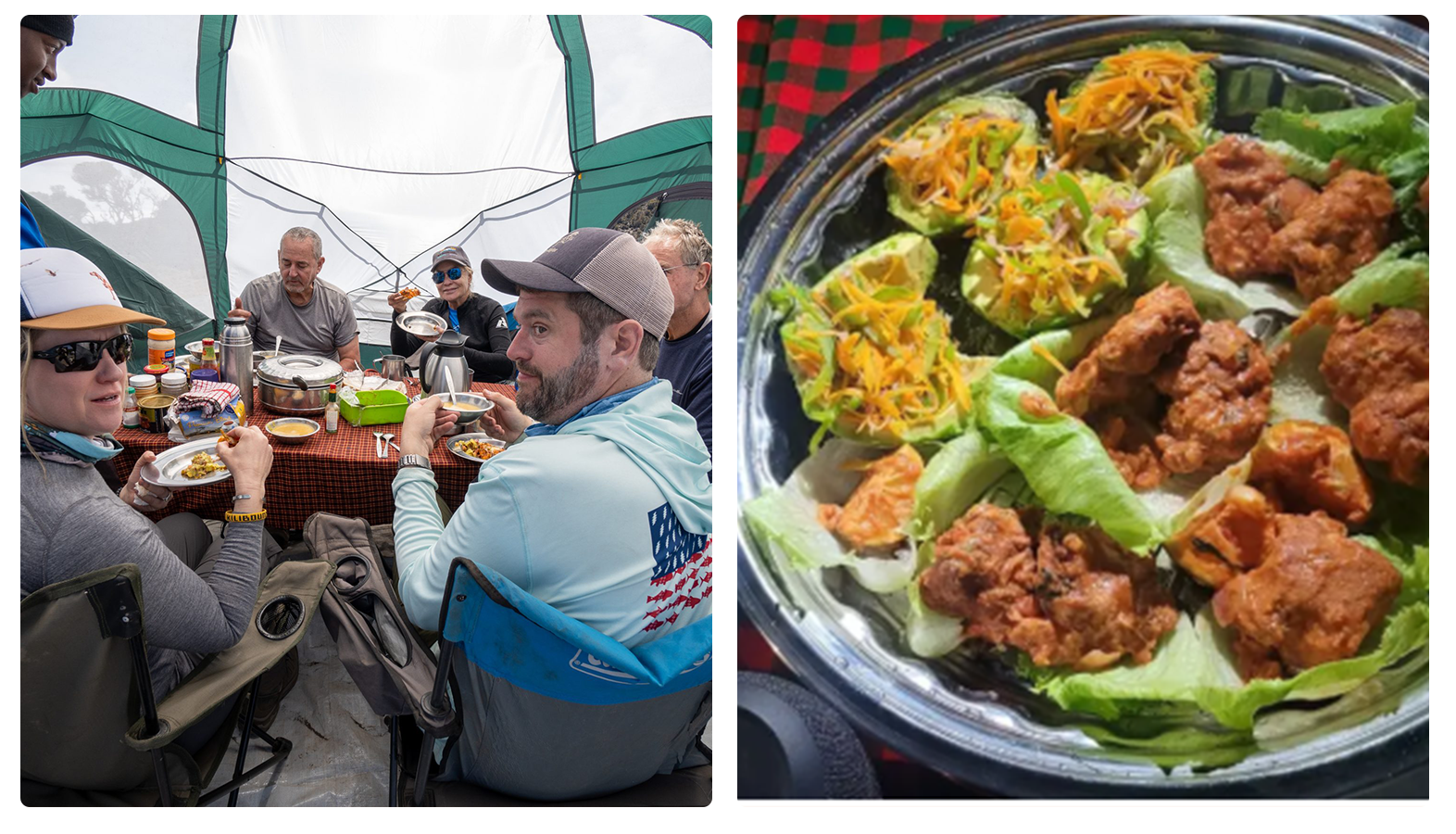
Travel Costs: Getting to Tanzania and Transportation
Reaching Kilimanjaro involves international travel to Tanzania, typically arriving at Kilimanjaro International Airport (JRO). Airfare can be a significant expense, varying based on your departure location, booking time, and airline. On average, round-trip flights from North America or Europe can range from $800 to $1,500. It’s wise to book early and keep an eye on fare deals to secure the best rates.
Once in Tanzania, you’ll need transportation to your base town, usually Moshi or Arusha. Many trekking companies include airport transfers in their packages, but if not, you can expect to pay around $50 to $100 for a one-way taxi ride. Public transportation options like buses are available, but may not be as convenient or reliable.
Local transportation costs within Tanzania, such as getting to the trailhead, are often included in the trekking package. However, if you’re planning additional excursions or exploring the region before or after your climb, budgeting for extra transportation costs is essential. Renting a car or hiring a private driver are options that provide flexibility but come at an additional cost.
Insurance and Safety Costs: Why They Matter
Travel insurance is a crucial aspect of preparing for your Kilimanjaro climb. Given the potential risks involved, including altitude sickness, injuries, or trip cancellations, having comprehensive insurance coverage provides peace of mind. Policies that cover high-altitude trekking, medical emergencies, evacuation, and trip interruptions are essential. The cost of travel insurance can range from $100 to $300, depending on the coverage and duration of your trip.
Safety on Kilimanjaro is paramount, and reputable trekking companies prioritize this by providing experienced guides, proper equipment, and emergency protocols. Some companies include the cost of emergency oxygen, portable altitude chambers, and first aid kits in their packages. It’s vital to confirm these inclusions when booking your trek.
Additionally, consider the cost of personal safety gear such as a reliable first aid kit, blister care supplies, and any personal medications you may need. Budgeting around $50 to $100 for these items ensures you’re prepared for any minor injuries or health issues that may arise during the climb.
Tips for Saving Money on Your Kilimanjaro Adventure
Climbing Kilimanjaro can be an expensive endeavor, but there are ways to save money without compromising your experience. One of the most effective strategies is to book your trek during the shoulder seasons (March to May or November) when prices are generally lower. While these periods may have less favorable weather, the reduced costs and fewer crowds can make up for it.
Joining a group trek is another way to reduce expenses. Group treks often offer lower per-person costs compared to private climbs, as costs for guides, porters, and logistics are shared. Many trekking companies offer group departures that you can join, making it easier to find a climb that fits your budget.
Lastly, consider renting gear instead of buying new equipment, especially for items you’ll only use once. While owning personal gear offers comfort and familiarity, renting high-quality items from reputable companies can significantly cut costs. Just ensure that rented gear meets the necessary standards for a safe and comfortable climb.
Is Climbing Kilimanjaro Worth the Investment?
Climbing Mount Kilimanjaro is undoubtedly a significant financial commitment, but the experience and sense of achievement it offers are priceless. From the diverse landscapes and ecosystems to the camaraderie with fellow climbers and the local support team, every aspect of the journey contributes to a once-in-a-lifetime adventure.
When considering the total cost, it’s essential to view it as an investment in a transformative experience. Proper budgeting and planning ensure that you’re fully prepared for the challenges and rewards of the climb. While the expenses may seem daunting, the memories, personal growth, and breathtaking views from the summit make it all worthwhile.
Ultimately, whether you’re a seasoned mountaineer or a first-time adventurer, climbing Kilimanjaro is a journey that tests your limits and enriches your soul. By understanding and managing the costs involved, you can embark on this incredible adventure with confidence, knowing that every penny spent is an investment in an unforgettable experience. Ready to unlock your adventure? Start planning your Kilimanjaro climb today!
